Tl; dr;
- Customer personas are crucial: Building detailed customer personas is foundational to accurately understanding and mapping the journey.
- Goals guide the digital journey: Clearly defining customer goals at each stage ensures content and interactions are purposefully aligned.
- Touchpoints reveal customer interactions: Listing key touchpoints helps analyze and optimize the customer's journey path.
- Collecting customer feedback informs adjustments: Running targeted online surveys is key to gathering actionable insights to improve customer touchpoints.
- Continuous improvement is key: Using the journey map to implement and test improvements is an ongoing process vital for enhancing customer experience.
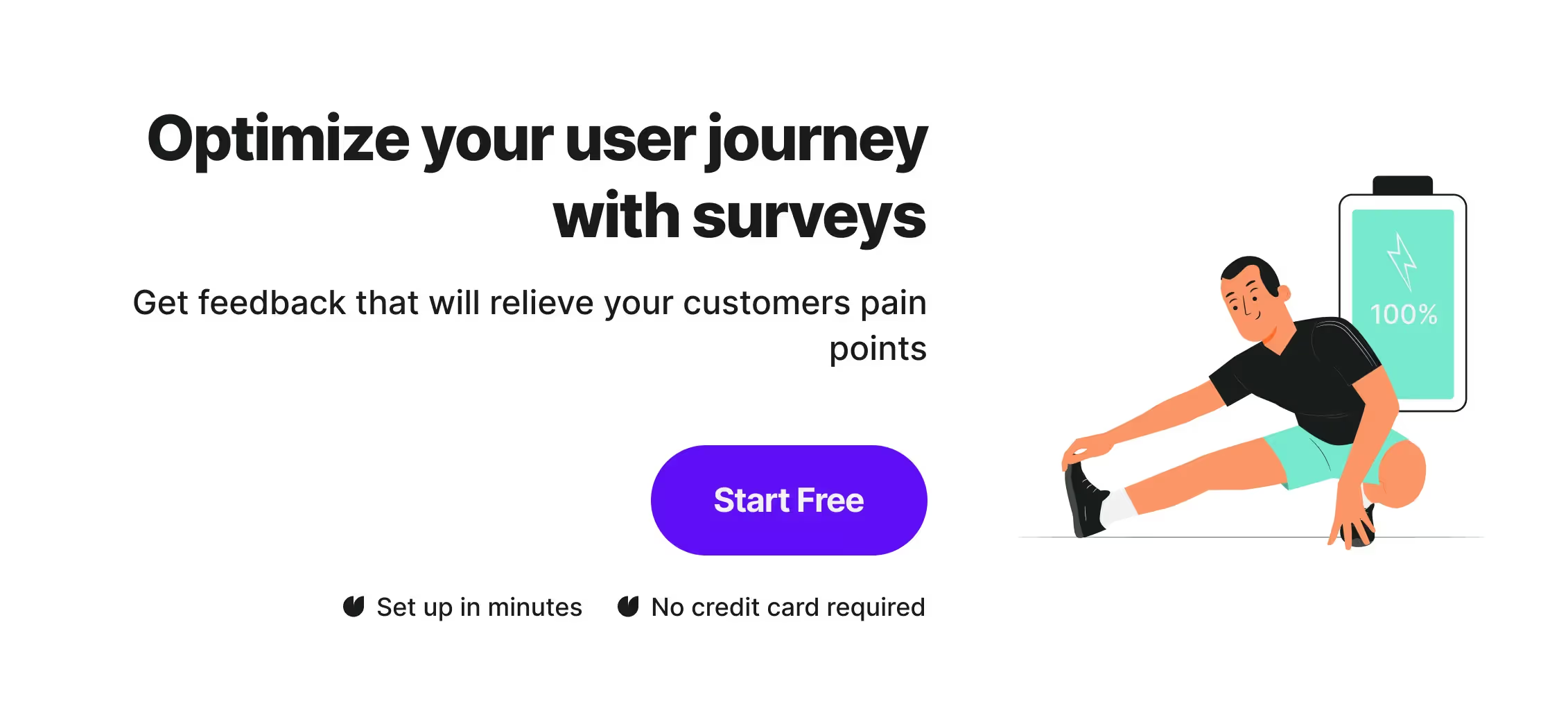
Understanding and optimizing the customer experience is paramount for the success of any product. One effective tool for achieving this is digital customer journey mapping.
In this blog post, we'll explore digital customer journey mapping, why it's essential for product owners, and how it can be a game-changer.
What is digital customer journey mapping?
Digital customer journey mapping helps illustrate every user's steps when interacting with your product or website.
A customer journey map is a visual representation of a customer's path from first learning about a brand to making a purchase and beyond. It outlines each touchpoint where customer personas interact with the business, whether through a website, an advertisement, or customer service.
This map is a tool to understand and improve digital customer experiences. By seeing the journey from the customer's perspective, you can identify pain points and areas where you can make the process smoother, more enjoyable, and more efficient.
The goal is to enhance customer satisfaction and build long-term loyalty. A well-crafted digital journey map enables businesses to anticipate customer needs and effectively tailor strategies to meet those needs.
Why does mapping the digital customer journey matter?
Understanding the customer journey is crucial because it allows you to identify pain points and areas of improvement to provide a seamless experience.
Mapping the digital customer journey is a strategic approach to enhancing your customer's experience with your brand. It provides actionable insights that can transform your business's interaction with its audience at every touchpoint.
➡️ Reveals customer perspectives
- Customer insights: Journey mapping uncovers the customer's view, highlighting what attracts them and where they may face challenges.
- Strategy gaps: Identifying these gaps allows for targeted improvements in your marketing efforts.
➡️ Optimizes conversion points
- Customer touchpoints analysis: Pinpointing where customers make important decisions can lead to higher engagement and sales.
- Cart abandonment solutions: Understanding why customers leave can reduce lost sales.
➡️ Personalizes customer interactions
- Tailored content: Knowing the customer's path enables you to create a personalized customer experience that resonates with their needs.
- Custom offers: Offers can be adjusted to align with your buyer persona preferences, enhancing satisfaction.
➡️ Enhances customer service
- Proactive solutions: Recognizing common customer pain points lets you address them before they escalate.
- Quick resolutions: This leads to an exceptional customer experience.
➡️ Aligns efforts of the entire organization
- Team alignment: A shared journey map ensures all departments better understand customer needs and work towards a unified customer experience goal.
- Brand consistency: Consistent customers experiences across all touchpoints solidify your brand image.
In essence, journey mapping is a tool that can lead to a more intuitive and customer-focused business model, directly impacting customer satisfaction and your bottom line.
5 stages of a customer journey
Understanding the customer journey stages is crucial for guiding potential buyers effectively from initial interest to loyal advocacy.
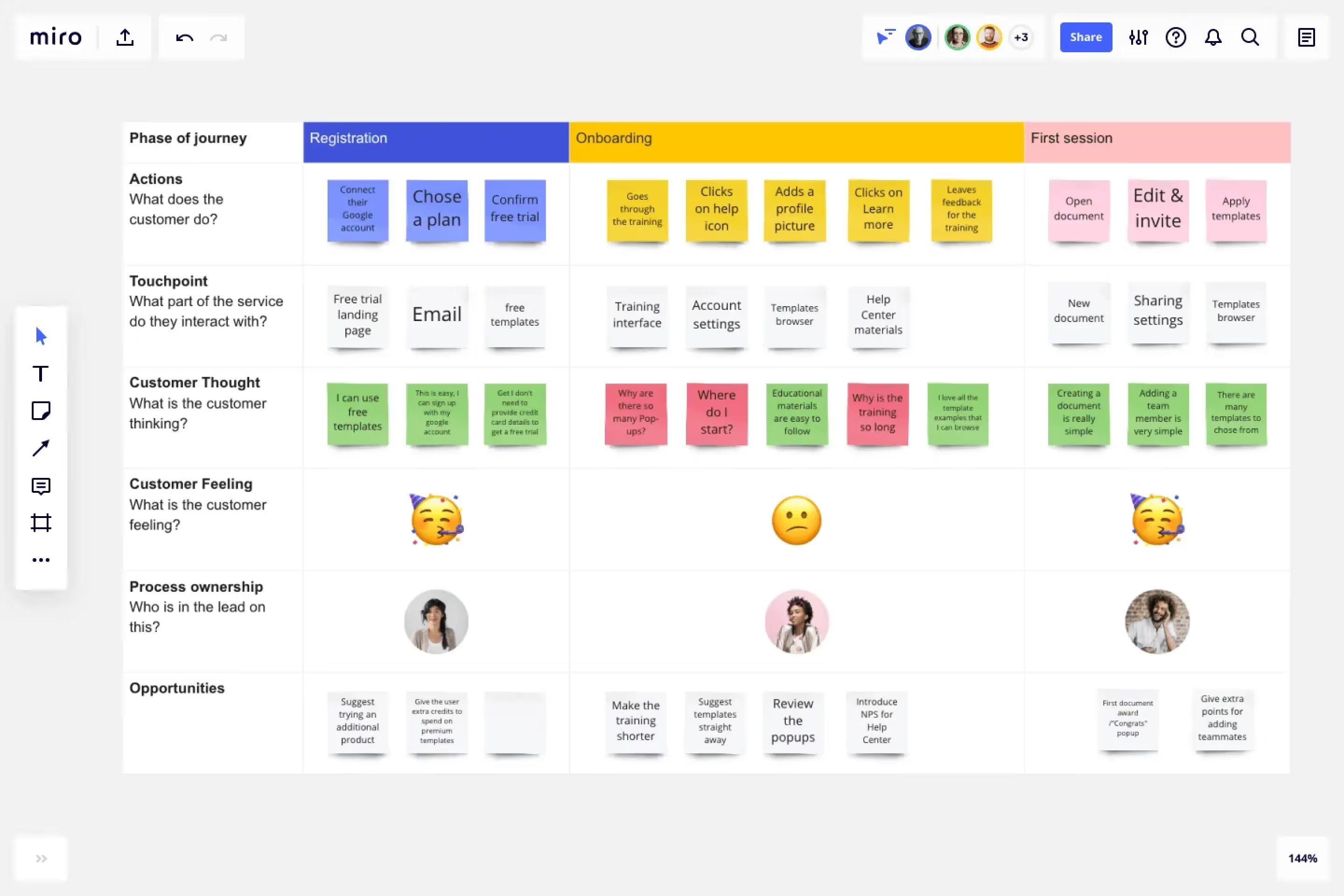
Each stage represents a unique opportunity to engage and influence customer buying behavior, ultimately leading to business growth. Here are the key stages:
- Awareness stage: Customers begin their journey by recognizing they have a need or a problem. They start looking for solutions, often through search engines or social media.
- Consideration stage: Having identified their problem, customers evaluate different products or services. They read reviews, compare features, and consider various options.
- Decision stage: At this stage, customers are ready to make a purchase. They choose the product or service that best fits their needs and buy.
- Retention stage: After the purchase, the focus shifts to keeping the customer happy. This includes customer support, loyalty programs, and outreach to encourage repeat business.
- Advocacy stage: Satisfied customers become brand advocates. They share their positive experiences through word of mouth or online reviews, attracting new customers to start their own journey.
How to create a digital customer journey map?
Creating a digital customer journey map involves several steps that detail the customer's experience with your brand, from initial awareness to post-purchase interactions.
Before we get into details, remember to gather data along with your research. Use your analytics tools to collect relevant data. Quantitative data, such as click-through rates, and qualitative data, like user comments, provide a comprehensive understanding of the user journey.
And while you're on it, consider the emotional aspects of the user journey. Note how users feel at each touchpoint – excitement, confusion, satisfaction – and tailor your app to evoke positive emotions.
Let's now develop an effective digital customer journey map:
Identify your customer personas
Creating customer personas is the first step in mapping the digital customer journey. A persona is a detailed profile of an ideal customer representing a segment of your target market.
Gather data on your current customers' demographics, behaviors, preferences, and pain points to build them. This information can come from various sources, including sales data, customer surveys, and social media analytics.

Once you have this data, look for common characteristics and group them into distinct personas. Customer personas should include age, job role, what they value in a product, and the challenges they face.
These profiles will guide you in understanding your customers' different motivations and behaviors as they interact with your brand, helping you tailor the journey to meet their specific needs.
Remember, the more accurate your personas, the more effective your journey map will be in improving customer experiences.
Outline customer goals
To effectively design the digital customer journey map, it's vital to understand what your customers aim to achieve at each stage. For each persona, list the goals they aim to achieve at each stage of their journey.
Start by asking what motivates them to seek out your product or service. What problem are they trying to solve? What is their end goal?
Once you've established the overarching goals, break them down by the customer journey stage.
For instance, during the awareness stage, a customer's goal might be gathering information about products to solve their problem.
And when they reach the decision stage, their goal is likely to make a purchase that feels right for them.
By outlining these goals, you can tailor your content marketing strategy to guide customers toward achieving their objectives.

➡️ Read more about how to conduct content marketing research
This step ensures that your customer journey map aligns with buyer intentions and leads to a more targeted and successful digital experience.
List key touchpoints
Key touchpoints are when customers interact with your brand during their journey. Identify all the possible points where customers interact with your brand, such as social media, email, or customer support.
Knowing these customer touchpoints is necessary to understand and improve the overall customer experience.
Start by listing every possible interaction a customer might have with your business, from the initial discovery to post-purchase support.
Common customer touchpoints include:
- Website visits: When customers look up your website for information or to make a purchase.
- Social media: Interactions on platforms where your brand has a presence.
- Email communications: From newsletters to purchase confirmations and follow-up messages.
- Customer service: Calls, chats, or emails where customers seek help or information.
- Customer reviews and testimonials: Places where customers read or leave feedback about their experience.
Consider both online and offline touchpoints and direct and indirect customer interactions.
Gather customer feedback through online surveys
Online surveys are efficient for collecting customer feedback to inform your digital customer journey map. They can be distributed widely and quickly, reaching customers where they engage with your brand. You can, for example, run:
Post-purchase surveys: Ask customers about their buying experience immediately after purchase.
Website experience surveys: Use pop-up or embedded surveys on your site to get feedback and improve website user experience.
Email Campaign Surveys: Send surveys to your mailing list to understand the effectiveness of your communication.
Focus on creating short, targeted surveys that respect the customer's time and are likely to yield higher response rates.
Ask specific questions that relate to different stages of the customer journey, such as ease of website navigation, clarity of product information, and satisfaction with customer support.
This focused approach will provide actionable insights to improve the customer journey's touchpoints.
Analyze the path to purchase
Examining the path to purchase is about tracking the steps consumers take before they buy a product or service. Note common patterns and unique customer behaviors. To do this effectively:
- Track clicks and navigation: Use website analytics to see how customers move through your site.
- Examine conversion funnels: Identify where customers drop off and where they convert.
- Monitor cart activity: Look at what happens in the shopping cart, such as additions and abandonments.
Analyzing these actions lets you determine common patterns and behaviors that lead to a purchase.
This step is crucial for identifying pain points that may prevent a smooth transaction. Understanding the path to purchase allows you to refine the purchase process, making it as easy as possible for the customer to complete their buying journey.
The aim is to remove obstacles and enhance the positive aspects that drive conversions.
Highlight moments of truth
Identifying and emphasizing key moments in the customer journey is essential for understanding where to focus your efforts. They are critical decision points that can either propel the customer forward or lead them away from a purchase.
- First impressions: The initial interaction with your brand, often via an ad or the homepage of your website.
- Engagement peaks: Times when customers are most involved with your content, such as during a product demo or while reading a blog post.
- Decision triggers: Specific factors or features that convince customers to purchase.
- Feedback opportunities: Points where customers are encouraged to share their experience with your brand.
You can create a customer journey strategy by pinpointing these moments to enhance each one's positive impacts.
These key moments are opportunities to build trust, provide value, and ultimately influence the customer's buying decision. Paying close attention to these critical points helps ensure that your customers have a smooth and encouraging journey from start to finish.
Draw the map
Once you have identified your customer personas, outlined their goals, listed the key touchpoints, gathered feedback, and highlighted key moments, it's time to visualize the journey.
Creating a visual map involves laying out each step of the process in a clear, easy-to-understand format.
- Choose a format: Decide whether a linear, circular, or funnel-shaped map best represents the journey.
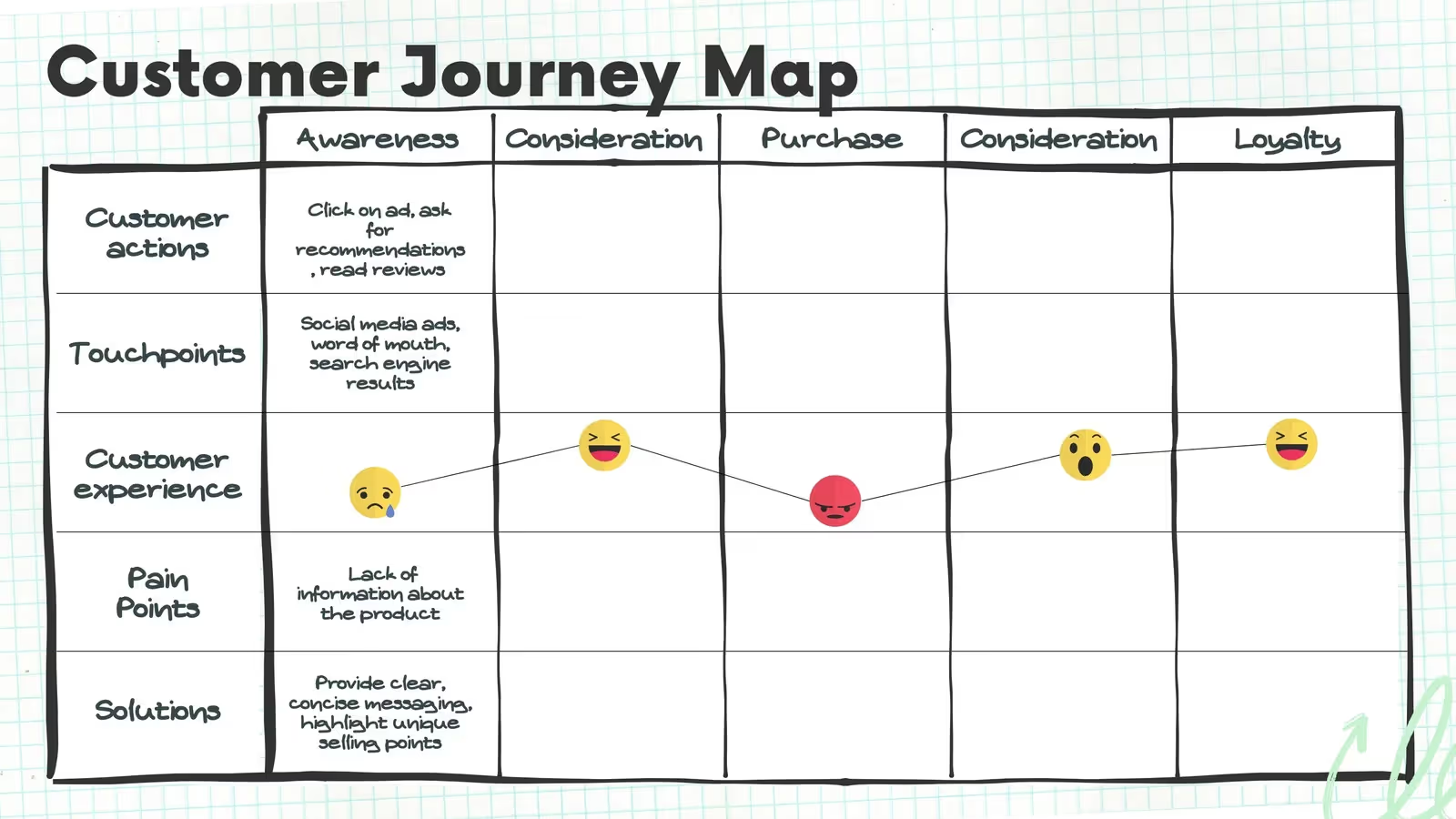
- Detail the steps: Include each journey stage, from awareness to advocacy.
- Incorporate data: Add the insights from your research, such as common behaviors at each stage and customer feedback.
- Highlight pain points: Mark where customers experience difficulties or frustrations.
- Show successes: Also, note where they have positive experiences.
Your map should be a comprehensive visual representation of the customer journey, combining data and insights to provide a full picture of the customer experience. It serves as a guide for your team to understand and improve every customer interaction with your brand.
Implement improvements
The final step in customer journey mapping is to use your findings to make strategic changes that improve the customer experience. Look at the map to see where customers face challenges and where they enjoy the experience.
- Address pain points: If customers get stuck at a certain stage, find out why and fix it. This might mean simplifying a form or providing clearer product information.
- Enhance positive interactions: Where customers have a good experience, consider how to extend or replicate this in other areas.
- Test changes: Make one change at a time and monitor how it affects the journey. Use A/B testing for data-driven decisions.
- Ask for feedback: After implementing changes, go back to customers for their thoughts. This ensures that the improvements are working and gives you further insights.
By making these improvements, you're committing to a cycle of continuous enhancement, always looking for ways to make the customer journey smoother and more satisfying. This ongoing process helps to build a stronger relationship with your customers and improve business outcomes over time.
What Metrics Can Help You in Customer Journey Mapping?
When mapping the customer journey, certain metrics provide valuable insights into how customers interact with your brand. These metrics help identify what's working well and what needs improvement.
Traffic sources: Understand where your customers come from to tailor your marketing efforts.
Bounce rate: Measures the percentage of visitors who navigate away after viewing only one page, indicating potential issues with engagement.
Conversion rate: Tracks the percentage of visitors who take a desired action, showing the effectiveness of each touchpoint.

Customer Satisfaction Score (CSAT): Gauges customers' satisfaction with your product or service, usually through a survey.
Net Promoter Score (NPS): Indicates customer loyalty by measuring how likely they are to recommend your brand.
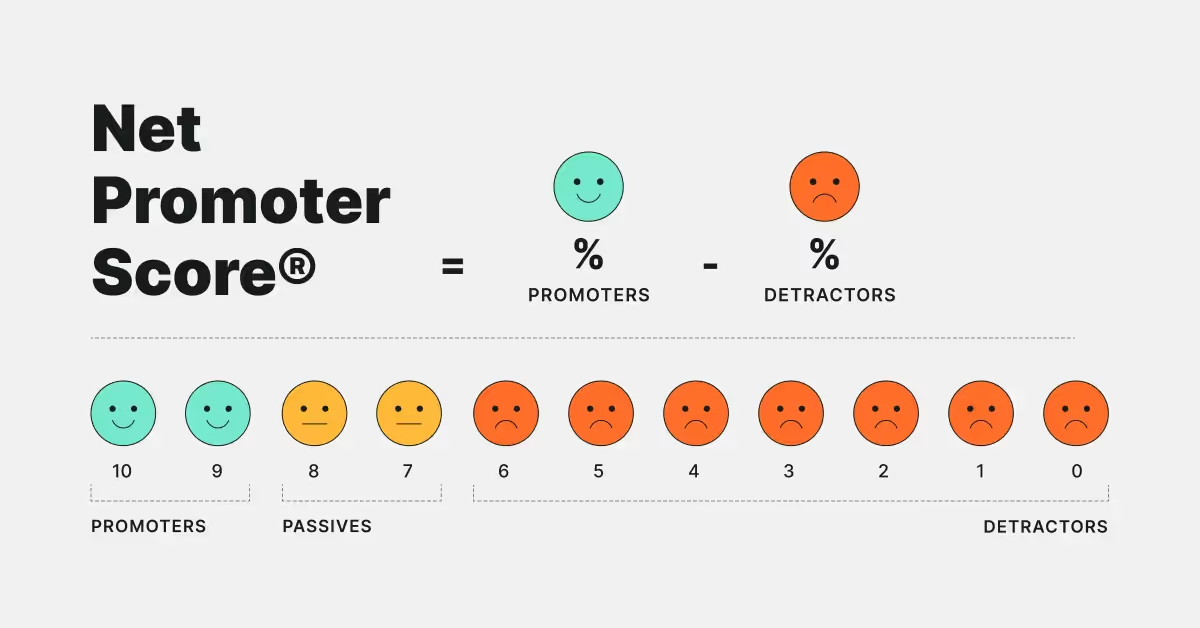
Customer retention rate: Shows how well you're keeping customers over time, highlighting the success of your retention strategies.

By monitoring these metrics, you can gauge the health of your customer journey and make data-driven decisions to optimize the experience.
Simplify digital customer journey mapping with Survicate
Digital customer journey mapping is critical for any business aiming to enhance customer experience and build loyalty.
To effectively map and analyze this journey, feedback is indispensable. Survicate emerges as a valuable tool in this endeavor, offering features that allow you to collect and act on customer insights efficiently.
With Survicate, you can create surveys that integrate seamlessly with your digital platforms, providing real-time feedback that can be used to refine the customer journey.
If you want to gain a deeper understanding of your customers and elevate their experience, try Survicate. Start your free 10-day trial with all the Business Plan features today and discover how it can transform your customer journey mapping strategy.








.webp)

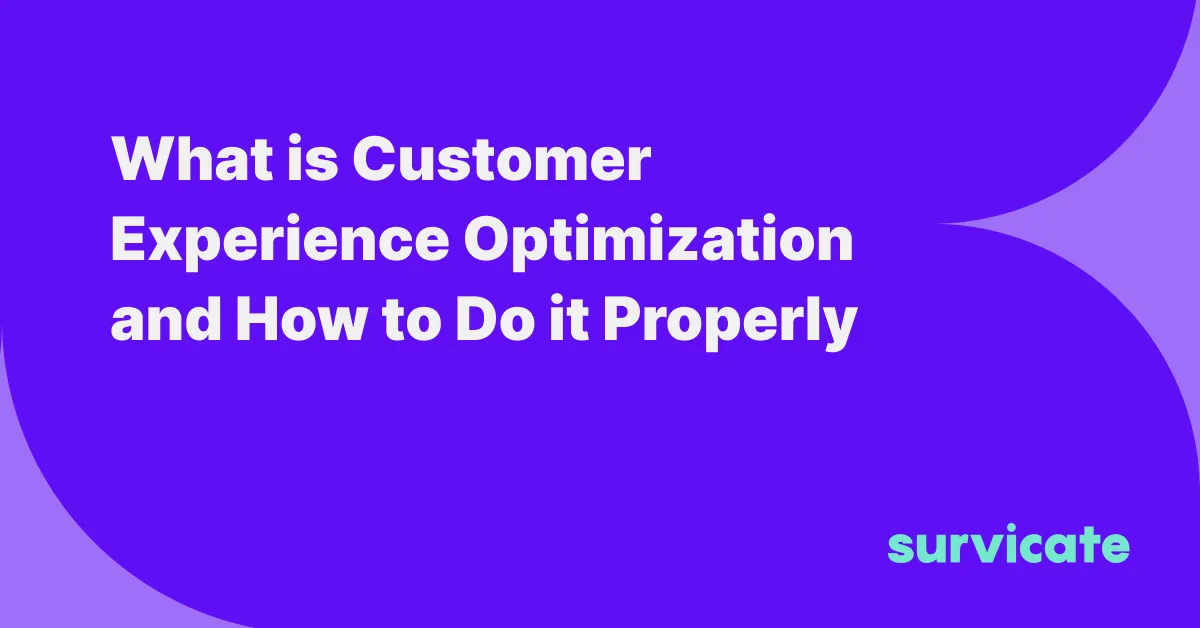
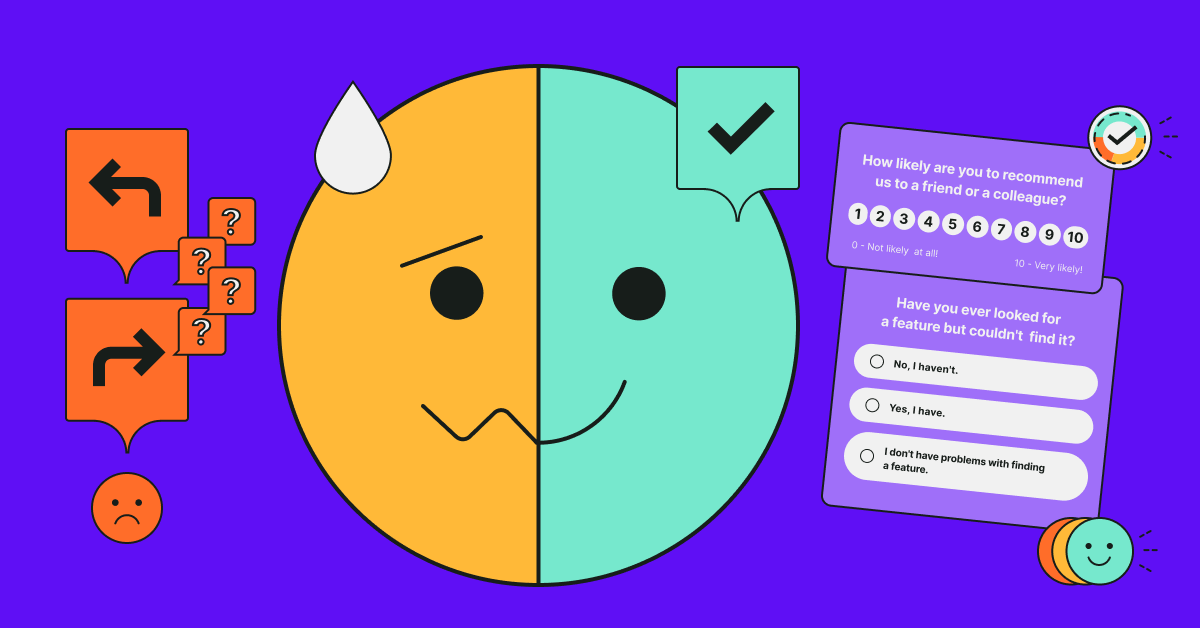

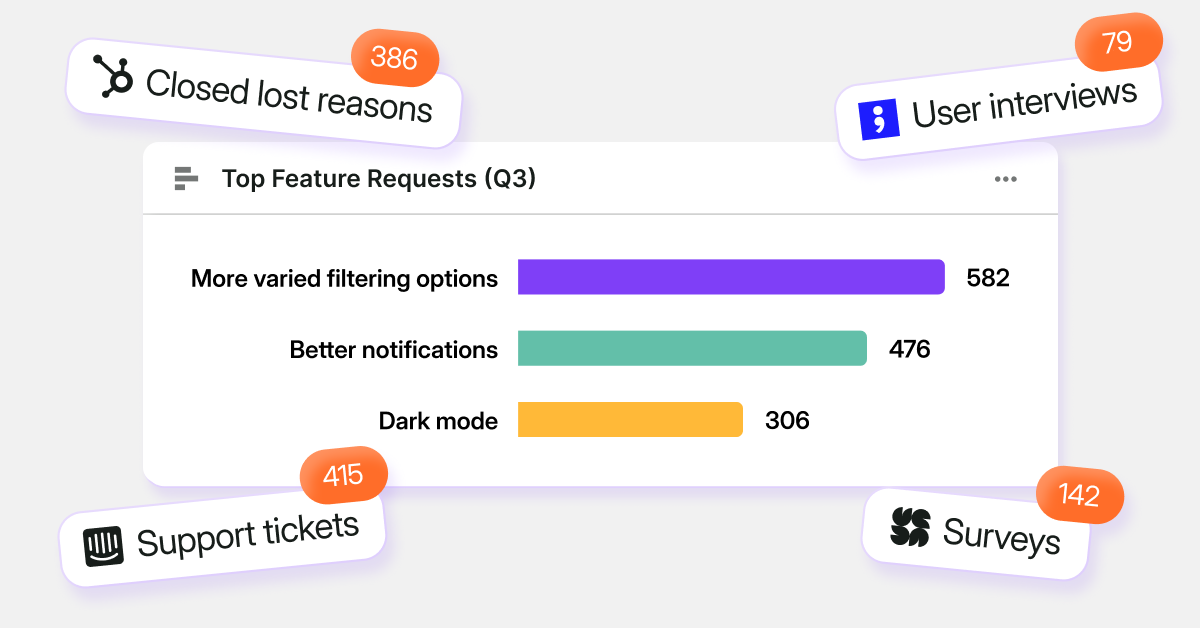
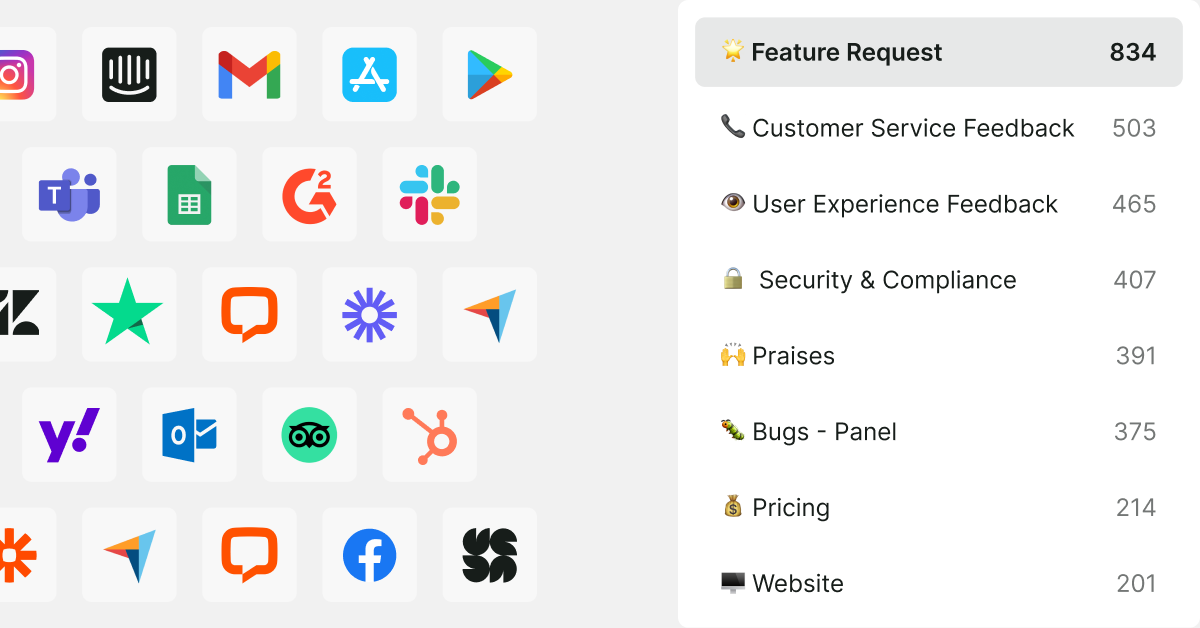
.svg)

.svg)



